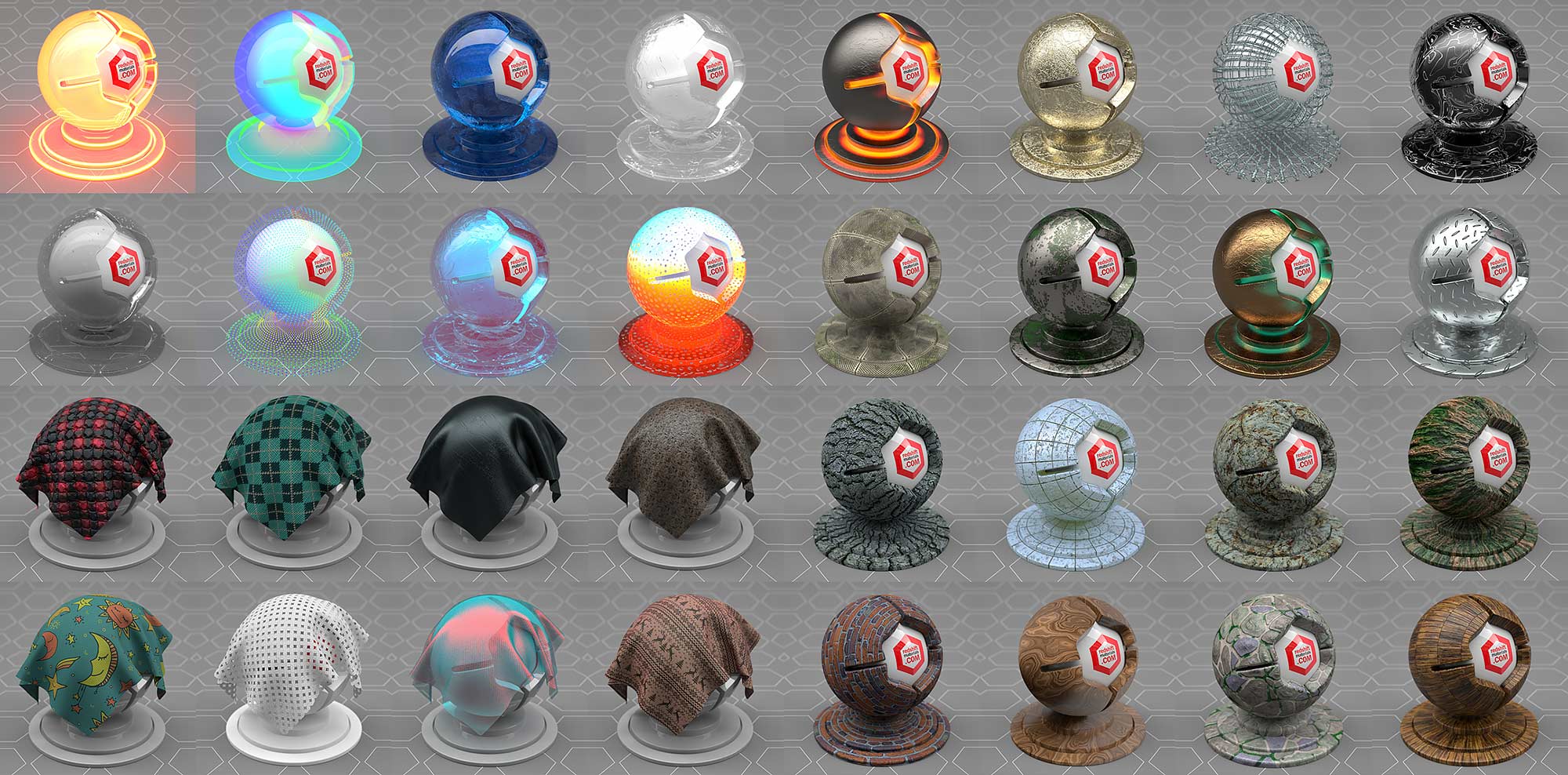

If we set this down to 10, you can see that there, and this has become way more pronounced. The lower the value, the more intense the Absorption Color, because the light has less distance to travel. If we just move the Material Editor over and click onto the sphere, the radius of the sphere is 70 centimeters and just through a little bit of testing, this gave me a decent look. So I'm going to set the Absorption Distance to be a little bit less than this and around about 70 centimeters. Just click onto your little color chip here and in the Color Picker, I'll add in some values and just press enter to confirm that. And when light enters the object, it weakens and changes color, we can emulate this with the Absorption Color and the Absorption Distance. Most glass objects in the real world are rarely colorless. Simply by turning this channel on, we have managed to create a glass material that's because the index of refraction or the refraction preset that we have here is already set to glass. So I'll disable the Color and the Reflectance channel and just turn on Transparency. Now to make a refractive material, we work with the Transparency channel.

And I'm going to double click this once again, and we'll call it, Glass. I will assign it to the sphere because this is the first object we want to work with. So in the Material Manager, I'm going to double click to create a new material. Let's continue where we left off in the previous movie and create some reflective and refractive materials.


 0 kommentar(er)
0 kommentar(er)
